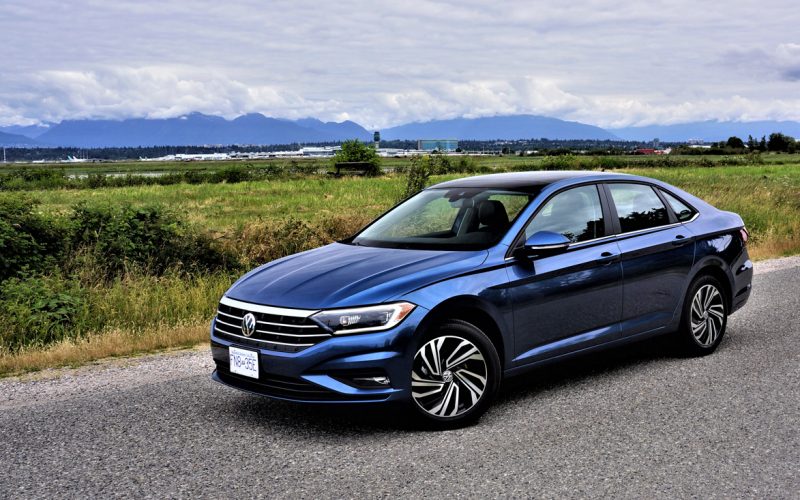
Reading Time: 14 minutesFor many in Canada, Volkswagen is more of an afterthought when considering a new vehicle. Last
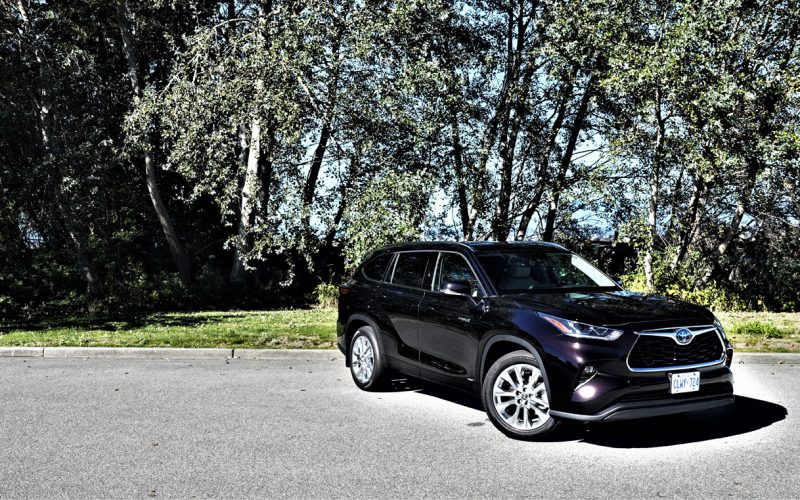
Reading Time: 17 minutesIf I loved Toyota’s Highlander Hybrid any more, it would be a Hyundai Palisade hybrid. I
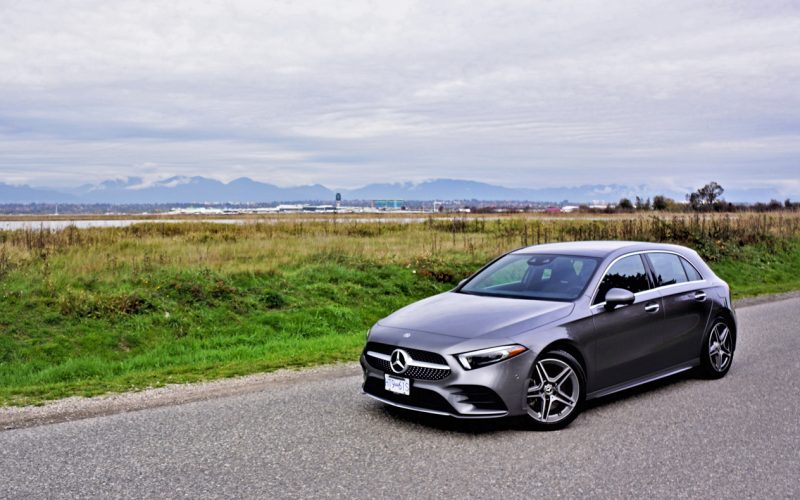
Reading Time: 15 minutesMercedes was a forerunner in the subcompact luxury class with its B-Class MPV back in 2005.
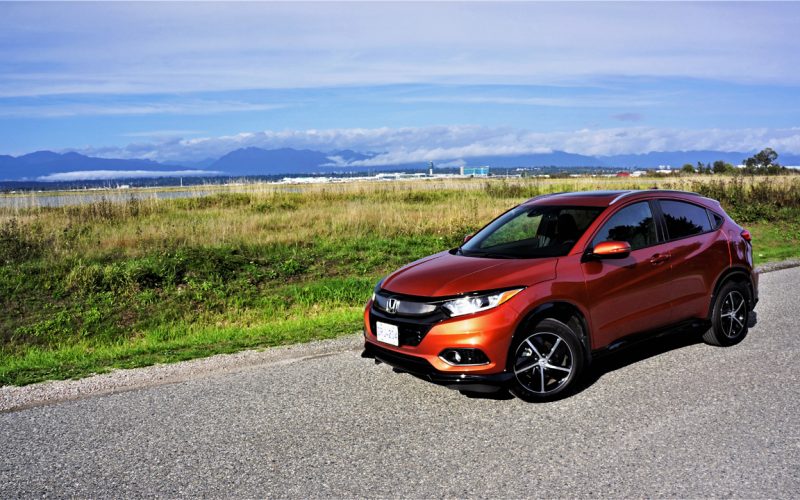
Reading Time: 10 minutesHonda has been a strong player in the subcompact crossover market for decades, although only chose
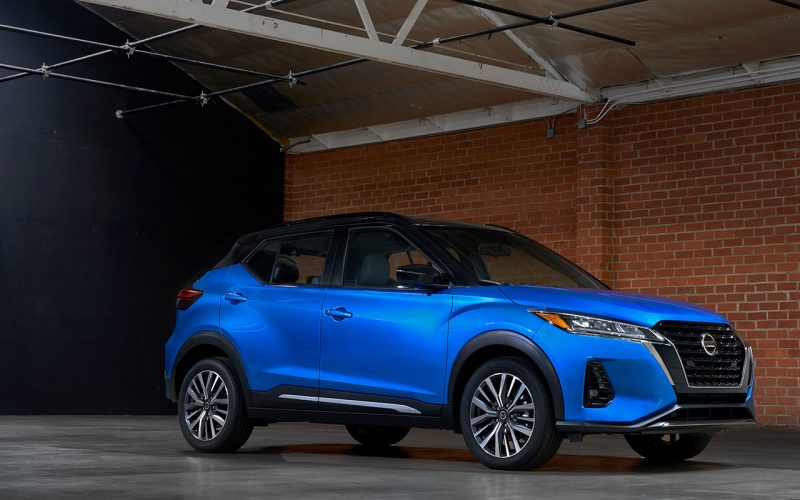
Reading Time: 5 minutesRemember the Micra? How about the Versa Note? Both were subcompact hatchbacks from Nissan, and both
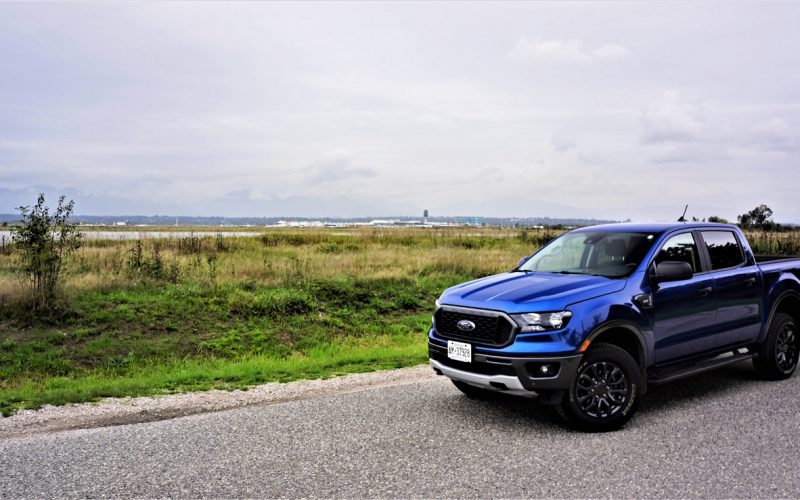
Reading Time: 12 minutesI promised myself not to harp on Ford for giving up on the midsize pickup truck
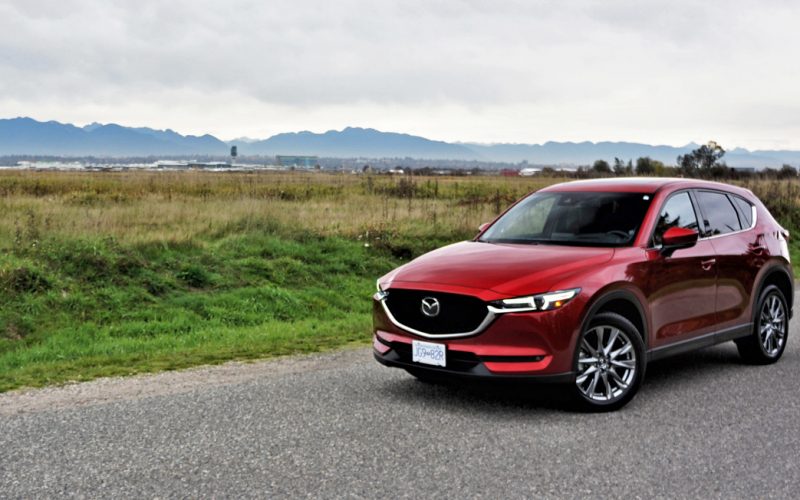
Reading Time: 10 minutesAnticipation. Sometimes it’s better than the real thing. Just think back to someone you fell head
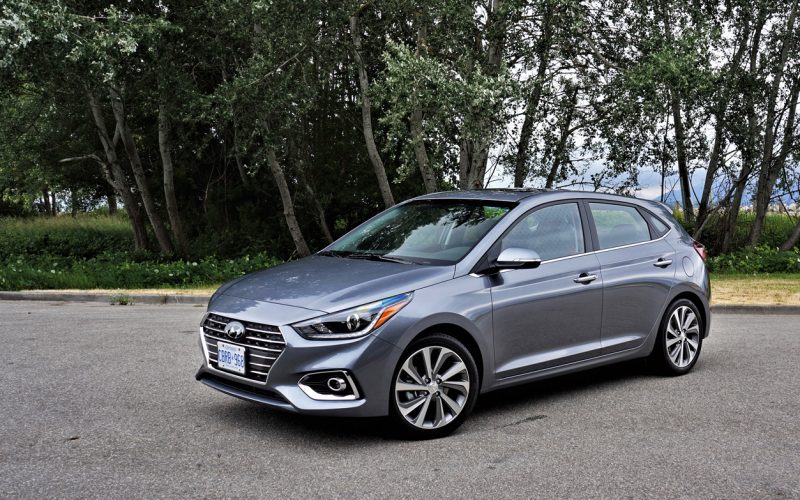
Reading Time: 12 minutesHyundai’s popular Accent hasn’t changed all that much since generation-five was introduced for the 2018 model
© 2025 The Car Magazine. All Rights Reserved, Privacy Policy | Terms of Use